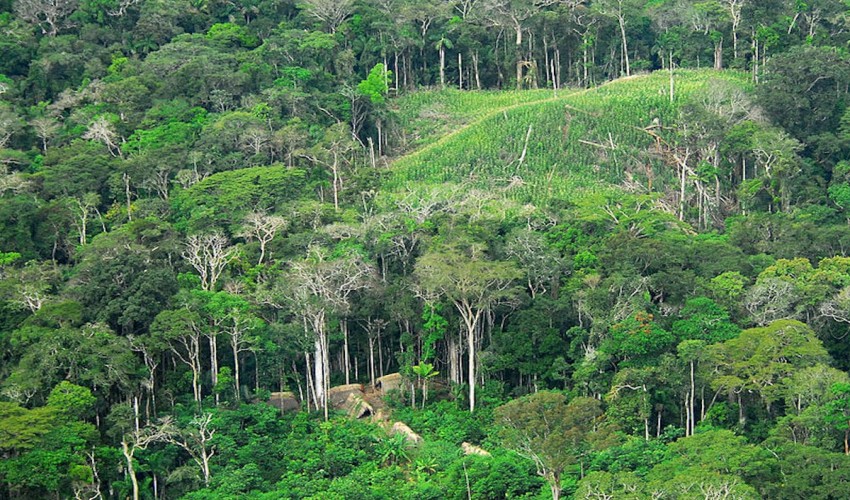
Forestry
Forestry is the science and craft of creating, managing,
using, conserving, and repairing forests, woodlands, and associated resources
for human and environmental benefits.
Forestry is practiced in plantations and natural stands. The science of
forestry has elements that belong to the biological, physical, social,
political and managerial sciences.
Modern forestry generally embraces a broad range of concerns, in what is known as multiple-use management, including:
- The provision of timber
- Fuel wood
- Wildlife habitat
- Natural water quality management
- Recreation
- Landscape and community protection
- Aesthetically appealing landscapes
- Biodiversity management
- Watershed management
- Erosion control
- Preserving forests as "sinks" for atmospheric carbon dioxide
A practitioner of forestry is known as a forester. Other
common terms are: a verderer, or a silviculturalist. Silviculture is narrower
than forestry, being concerned only with forest plants, but is often used
synonymously with forestry.
Forest ecosystems have come to be seen as the most important
component of the biosphere and forestry
has emerged as a vital applied science, craft, and technology.
Foresters develop and implement forest management plans
relying on mapped resource inventories showing an area's topographical features
as well as its distribution of trees (by species) and other plant cover. Plans
also include landowner objectives, roads, culverts, proximity to human
habitation, water features and hydrological conditions, and soils information.
Forest management plans typically include recommended silvicultural treatments
and a timetable for their implementation. Application of digital maps in
Geographic Informations systems (GIS) that extracts and integrates different
information about forest terrains, soil type and tree covers, etc. using, e.g.
laser scanning, enhances forest management plans in modern systems.
Forest management plans include recommendations to achieve
the landowner's objectives and desired future condition for the property
subject to ecological, financial, logistical (e.g. access to resources), and
other constraints. On some properties, plans focus on producing quality wood
products for processing or sale. Hence, tree species, quantity, and form, all
central to the value of harvested products quality and quantity, tend to be
important components of silvicultural plans.
Good management plans include consideration of future
conditions of the stand after any recommended harvests treatments, including
future treatments (particularly in intermediate stand treatments), and plans
for natural or artificial regeneration after final harvests.
- Fundamentals of Soil Science
- Introductory Economics
- Tribology and Anthropology
- Agrometeorology
- Principles of Cytology and Genetics
- Fundamentals of Horticulture
- Introductory Crop Physiology
- Principles and Practices of Silviculture
- Plantation Forestry
- Dendrology
- Forest Ecology and Biodiversity
- Principles of Hydrology
- Soil and Water Conservation
- Chemistry and Fertility of Forest Soils
- Environmental Science
- Soil survey
- Remote Sensing and Wasteland Development
- Forest Engineering
- Wood Anatomy
- Logging and Ergonomics
- Utilization of Non-Timber Forest Products
- Tree Seed Technology
- Forest Mensuration
- Plant Biochemistry and Biotechnology
- Wood Science and Technology
- Wood Products and Utilization
- Livestock Management
- Silviculture of Indian Trees
- Nursery Management
- World Forestry Systems
- Forest Pathology
- Fundamentals of Wildlife
- Principles of Forest Economics
- Project Planning
- and Evaluation
- Forest Business Management
- Elementary Statistics and Computer Application
- Fundamentals of Extension Education
- Wildlife Management
- Tree Physiology
- Ethnobotany
- Silvicultural Systems
- Rangeland Management
- Forest Management
- Policy
- and Legislation
- Principles and Methods of Tree Improvement
- Agroforestry Systems and Management
- Medicinal and Aromatic Plants
- Forest Entomology & Nematology
- Communication Skills and Entrepreneurship Development
- Marketing and Trade of Forest Produce
Recent Published
Submit Manuscript
To give your manuscript the best chance of publication, follow these policies and formatting guidelines.


